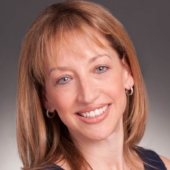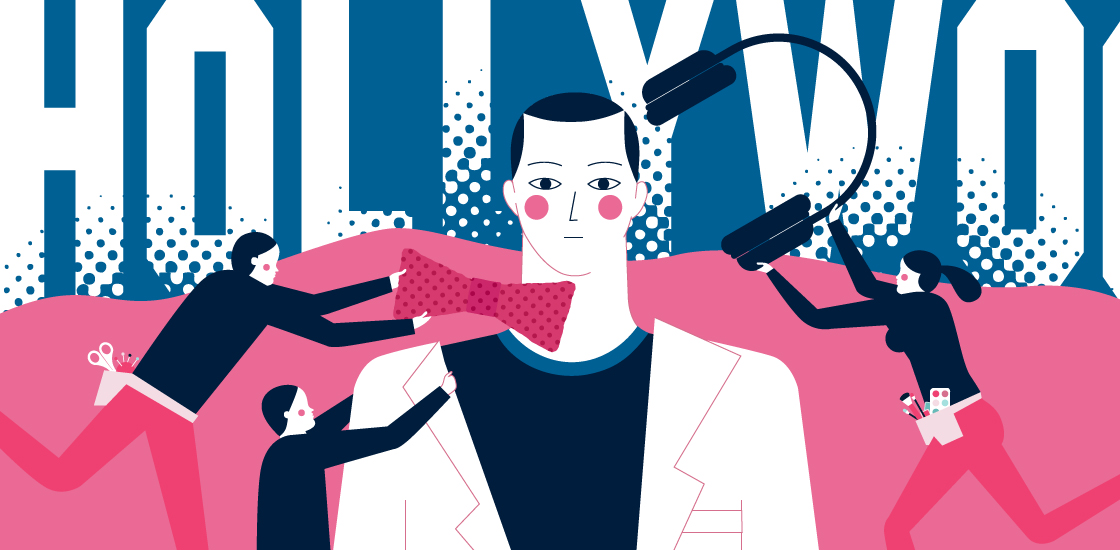THIS ARTICLE IS MORE THAN FIVE YEARS OLD
This article is more than five years old. Autism research — and science in general — is constantly evolving, so older articles may contain information or theories that have been reevaluated since their original publication date.

If you’re a fan of either of two new television shows that debuted in the United States this September — “Atypical” on the streaming service Netflix or “The Good Doctor” on ABC — I’ve got news for you. You’re watching an overly positive depiction of autism that doesn’t reflect reality for the majority of people on the spectrum.
To the TV-watching public, autism has come to mean the verbal, higher-skilled, savant end of the spectrum, because individuals at that end make for interesting characters.
In “Atypical,” the protagonist Sam’s autism complicates the typical struggles high school students face, from finding a girlfriend to fitting in with the popular teens. But Sam never seems to spend any time in a special-education classroom, much less at a special school.
In “The Good Doctor,” Shaun, the eponymous doctor, struggles with the stress of being a brilliant surgeon; he’s a compelling character but a far cry from most nonverbal, intellectually disabled adults with autism who struggle to find any job at all.
And in “The Big Bang Theory,” a wildly popular comedy that has been on the air for 10 years, one of the leading characters, Sheldon, is a scientific genius with Asperger syndrome-like tendencies. But unlike many adults with autism, Sheldon lives with his friends and is engaged to be married. His habit of knocking three times on his neighbor Penny’s door is seen as cute and endearing; in real life, the stereotypies many adults with autism have are self-injurious and downright dangerous.
These enormous disparities reflect a broader challenge: The word ‘autism’ is applied so broadly as to be practically meaningless. In the previous version of the “Diagnostic and Statistical Manual of Mental Disorders” (DSM-IV), ‘autistic disorder’ was defined as a specific cluster of characteristics, including abnormal social interaction and communication, and a restricted repertoire of activity and interests.
The manual included separate diagnoses for Asperger syndrome and pervasive developmental disorder-not otherwise specified — which were typically given to people on the milder end of the spectrum.
But in the current version of the diagnostic manual, the DSM-5, those diagnoses have disappeared. Since 2013, when this version debuted, individuals with a wide range of autism features have all received the diagnosis of ‘autism spectrum disorder.’
Lumped together:
These days, someone with autism can have a genius-level intelligence quotient or have intellectual disability and a score far below average. It can include someone who has no language, minimal language or intact language. It can apply to an individual who has self-injurious, aggressive behavior, or someone who has trouble navigating the social scene in the school cafeteria. It can describe a person who graduated from Harvard Law School or an individual who exited high school with a certificate of attendance.
Thanks to years of research, we know that autism encompasses core features that are present in each person who is diagnosed. Every individual with autism has to have impaired social communication skills and restricted or repetitive behaviors to merit a diagnosis. But beyond that, these individuals’ abilities are vastly different. Saying someone has autism provides almost no information about the type of treatment they need; this is the opposite of personalized medicine.
The autism community must find new terms to apply to subtypes of the condition so that the diagnosis is meaningful and leads to a specific set of appropriate treatments. Developing more specific language around autism will allow clinicians and others to personalize their approach to care and provide benefits to all people on the spectrum.
The DSM-5 was supposed to do this; it was supposed to provide greater specificity so that an autism diagnosis would point toward potential services. But hardly any clinicians apply the criteria in the way they were intended. For instance, clinicians are supposed to use a table to indicate the level of severity. But almost none do. Instead, everyone is lumped together as having diagnosis 299.0: autism spectrum disorder.
Left behind:
The use of this term is a disservice to individuals on both ends of the spectrum, and to those in the middle. It may, unintentionally, be depriving many people of the attention and supports they need, because on TV, autism doesn’t look that bad. On the other end of the spectrum, several self-advocates who have discussed this issue with me recounted how hard it was to access services because they didn’t fit the mold of severe autism and “didn’t look disabled.”
Research has revealed how incredibly heterogeneous autism is; to use a single term to describe it is a contradiction to the knowledge we have gained and a setback for the people we love.
We need to start seeing characters on TV and in movies who reflect the breadth of experiences of people with autism — not just the brilliant surgeon, but the child who bangs his head on the floor so hard and so often that his retina detaches; and not just the high school student who struggles to date, but the one who is so fascinated by the color yellow that he sits home alone watching “SpongeBob SquarePants” all day. Otherwise, people who are highly challenged and struggle every day are at risk of becoming invisible.
Hollywood’s blind spot — or maybe it’s a blind eye — speaks to our society’s aversion to confronting the realities of autism. But in the end, it’s not Hollywood’s fault that autism is presented unrealistically.
The reality of severe autism can be disturbing. What we see on TV and in movies reflects our own reluctance to deal with the enormous burdens severe autism places on individuals and their families. Still, shining the Hollywood spotlight on the Sams, Shauns and Sheldons leaves our most vulnerable individuals in the shadows.
Alison Singer is president of the Autism Science Foundation.

By joining the discussion, you agree to our privacy policy.